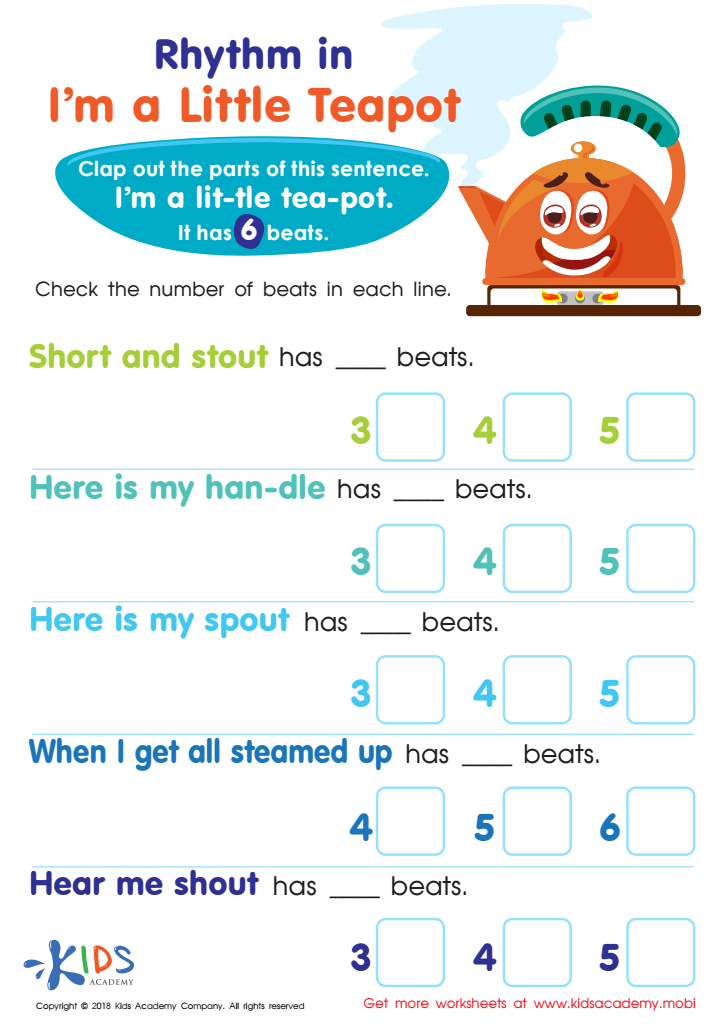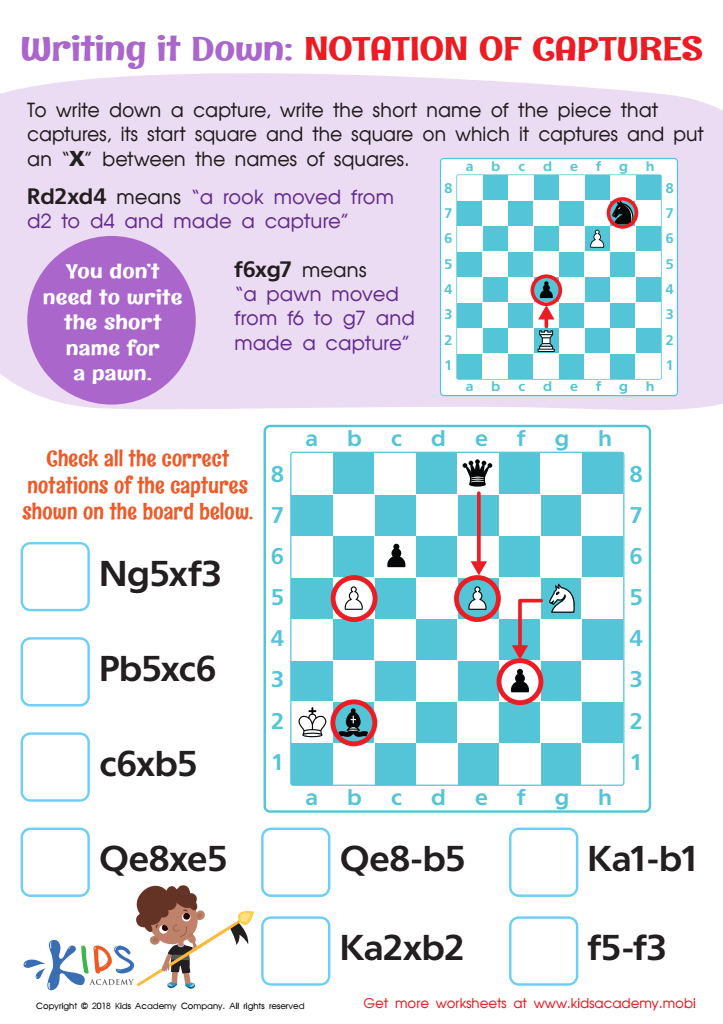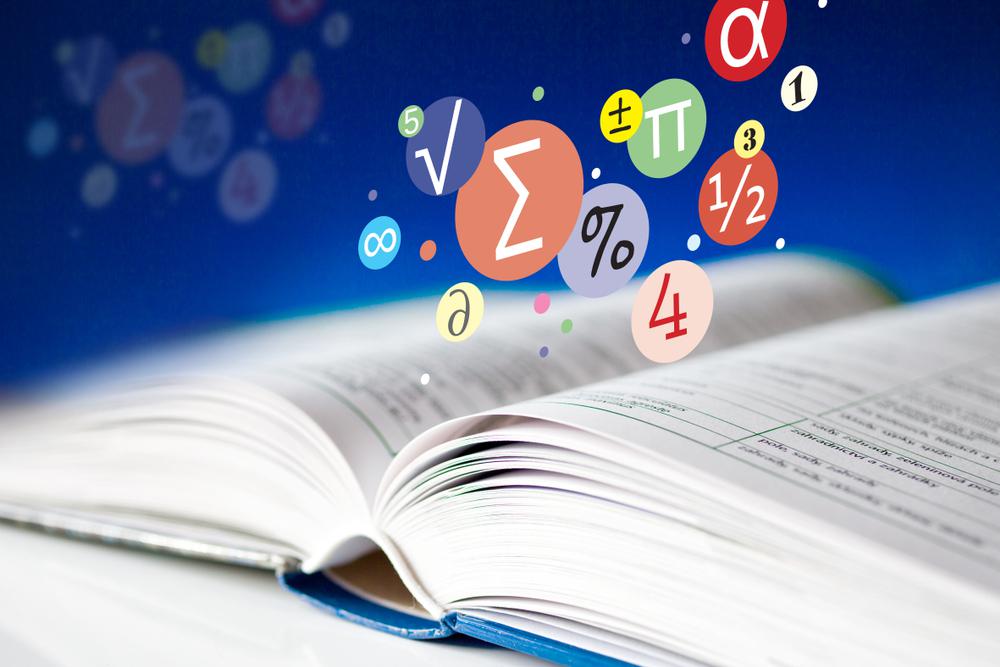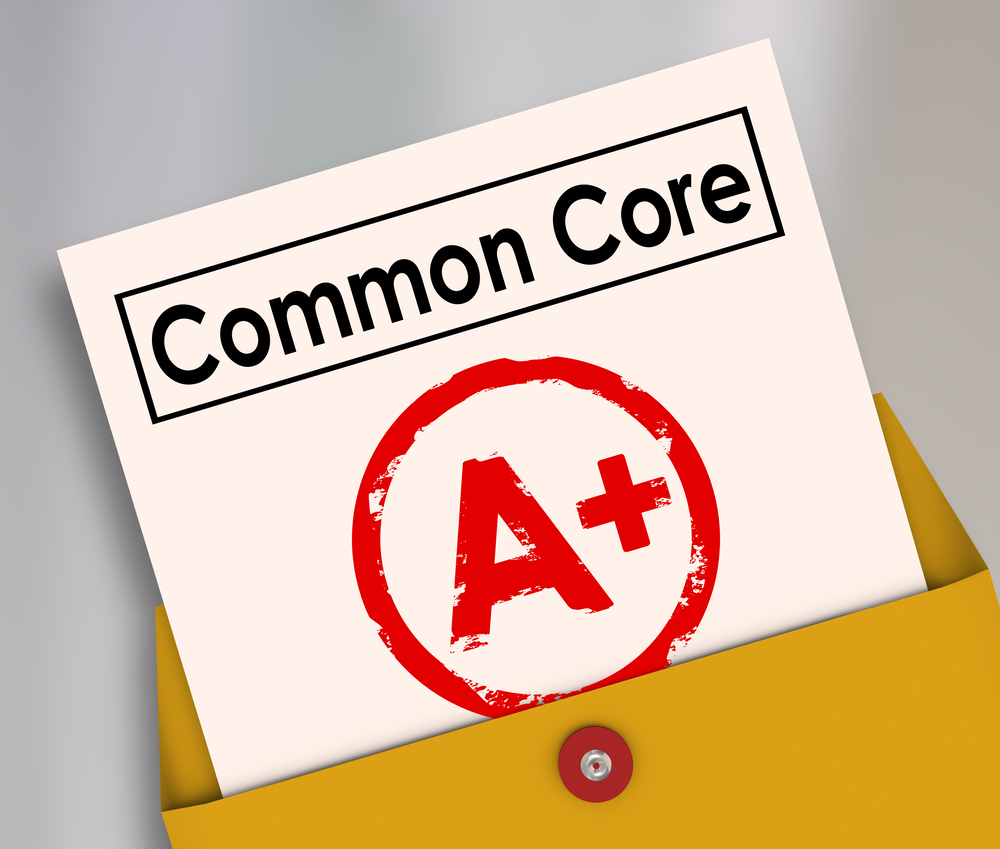Music notation understanding Worksheets for Kids
2 filtered results
-
From - To


Rhythm in I'm a Little Teapot Worksheet


Notation of Captures Writing it Down Worksheet
Question/Answer
How does the mastery of the Music notation understanding skill affect a student's performance at an early age?
Mastering music notation at an early age significantly enhances a student's performance by improving their ability to read and interpret music, thus facilitating quicker learning of new pieces. It also aids in the development of a deeper understanding of musical structure and theory, which can improve their technical skills, musical expression, and overall musicianship.
What are some effective activities to train students’ Music notation understanding skill when teaching them about Chess?
Incorporating music notation into chess lessons can be unique. To train students, use chess pieces to represent musical notes or rhythms on a staff drawn on the chessboard. Create puzzles where movements or captures correlate with musical patterns or sequences.
What does the Music notation understanding skill mean when it comes to Grade 1 Chess learning?
The phrase "Music notation understanding skill" seems misplaced in the context of Grade 1 Chess learning, as it pertains to reading and understanding written music, not chess. Chess learning at any grade level involves understanding the game's rules, piece movements, and strategies, not music notation. It's possible there's a mix-up with terminology or context.
 Assign to the classroom
Assign to the classroom




.jpg)







